19 December 2016
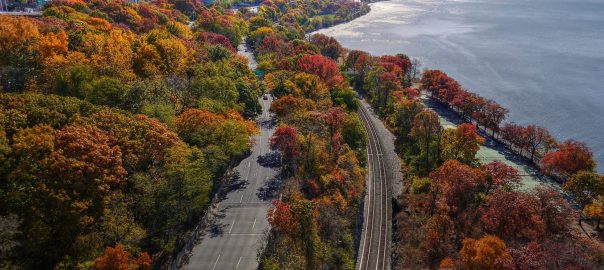
“Urban nature” is, for many people, a contradiction in terms. Urban spaces are all about control, hard edges, and the fabrication of an environment. Nature is wild, opportunistic, and fragile. Where is the overlap? Yet for those of us who work in fields related to urban nature, we see that...
14 December 2016
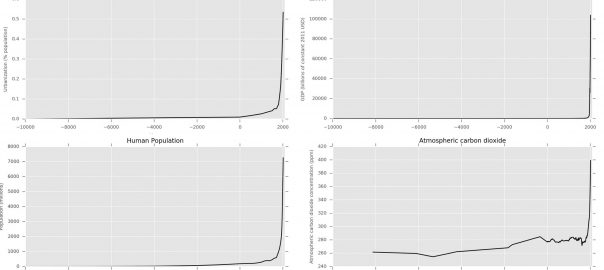
Author’s note: Through TNOC, we are encouraged to take a broad view of how nature can contribute to urban life. “Many voices, greener cities, better cities” is our mantra. Given the recent election of Mr. Donald Trump in the United States, with all that portends for voices, cities, and the...
11 December 2016
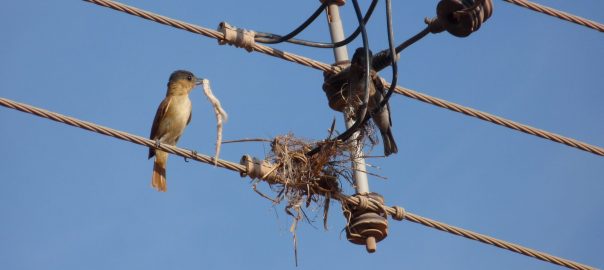
Human activities have direct, negative consequences on almost all the world’s ecosystems. It is known that we are in a changing era in which uncontrolled human population growth and the associated increase of urban landscapes are leading to an alteration or reduction of natural areas. The activities that humans usually...
7 December 2016

Impacts of extreme heat are uneven across geographies and communities. People who live in micro-urban heat islands and who lack the capacity to cope with extreme heat are disproportionately vulnerable to heat-related health risks. Collaborative climate action planning processes should directly engage vulnerable communities in identifying neighborhoods with concentrated and...
4 December 2016
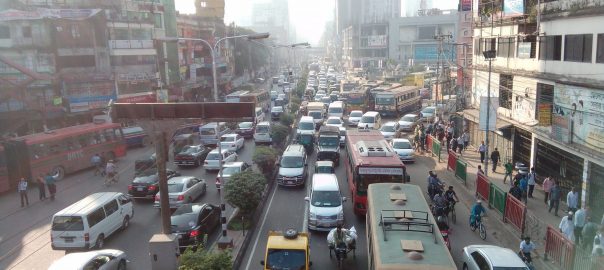
Ding, ding, ding. Ding, ding, ding. Honk, honk. Hoooonk. Honk, honk. Toot, toot, toot, ding, ding, ding. Honk, honk, honk. This is the sound of Dhaka. All. Day. Long. There are only a few hours before dawn when there is quieter hum of traffic. But for the rest of the...
30 November 2016
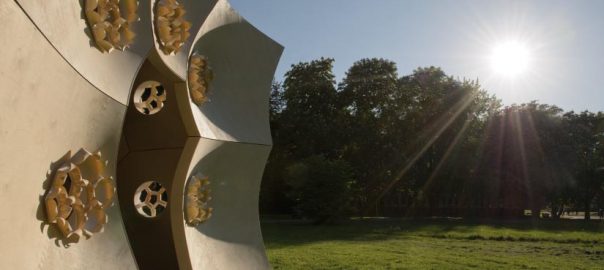
One reason we should care about biodiversity is that it might be the solution to our environmental impact: after 3.8 billion years on planet Earth, Nature certainly has some sustainability and resilience lessons to teach us—that is, before it gets driven mostly to extinction. Will we care to listen? As...
27 November 2016
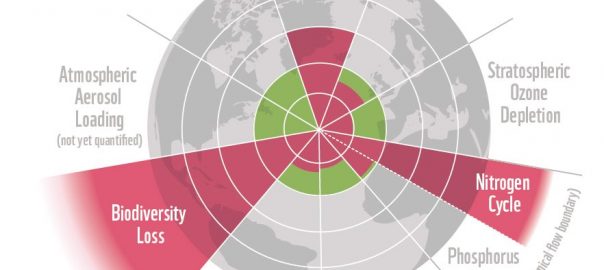
Let’s face the facts. Despite laudable international initiatives for climate change mitigation and environmental preservation [i], major changes in Earth’s balances have been set in motion and we’re starting to experience their consequences: heat records; increased droughts; increased wildfire intensity and frequency; melting of landlocked ice; increased sea level and coastal...
23 November 2016
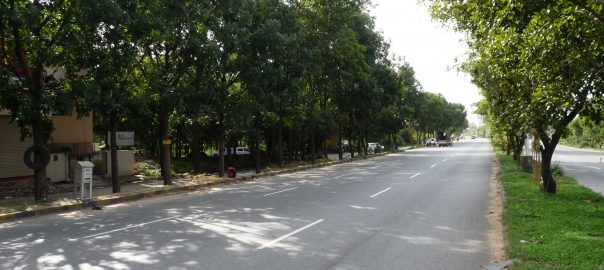
India is experiencing rapid change as a consequence of 21st century urbanization. Making steady inroads into fertile farmlands, lush forests, thriving wetlands, and productive grasslands, urban expansion is steadily converting biodiverse lands in shades of blues and greens into swathes of gray concrete. The United Nations World Population revision estimates...
20 November 2016
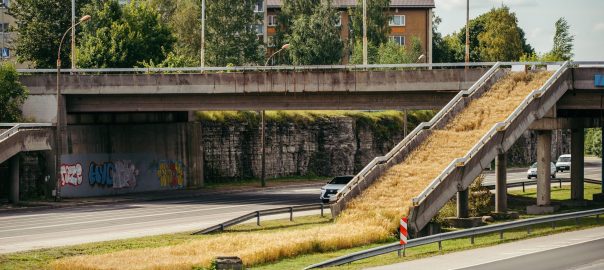
In the summer of 2016, the largest Soviet-era residential area of Estonia was living a new life. The district Lasnamäe, including Estonia’s capital city, Tallinn, was built in the late 70s, but it has fallen into stagnation. Little has changed since its inception, and those big plans are still unfinished....
16 November 2016

Nature is being lost all around us. It is alarming in its implications for both livability and sustainability. How can we better connect to nature in a distracted digital world? Although it may not be intuitive, these are also promising times because of all the digital tools and technology we...
13 November 2016
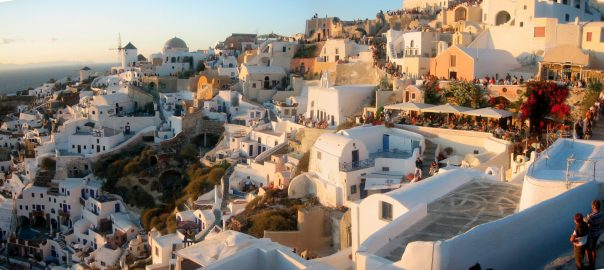
The current system of zoning and planning is wrongly fixated on maintaining state instead of preserving good patterns, and changing this fixation will be the key to making growth beneficial to all civic stakeholders. The most contentious issue in North American urbanism today is preservation. More than transportation, more than...
9 November 2016
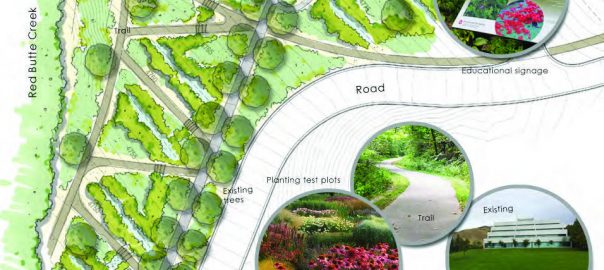
If planners and ecologists found more ways to work together, would cities look different? Would they be better? The idea of planning and designing urban spaces from an ecological perspective goes back to the very origins of the disciplines of ecology, planning, and design. Frederic Law Olmsted precipitated a landmark movement...
6 November 2016
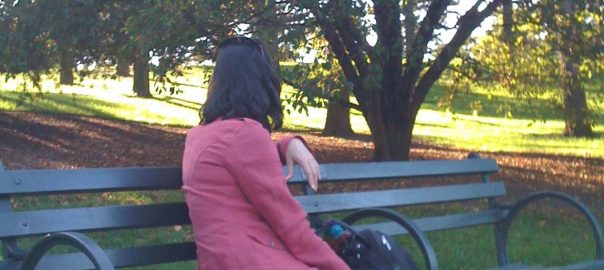
I am an unreserved admirer of landscape scenery and mountain vistas, space, and the connection between site and surroundings has always interested me. When I was first in Japan, I spent a lot of time visiting and enjoying parks. Aesthetics and presentation are very important for how we interpret and...
2 November 2016
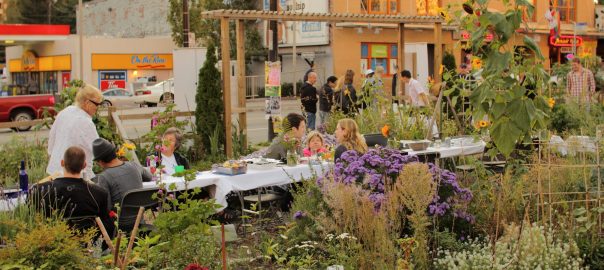
“Urban commons: the goods, tangible, intangible, and digital, that citizens and the Administration, [through] participative and deliberative procedures, recognize to be functional to the individual and collective wellbeing…to share the responsibility with the Administration of their care or regeneration in order to improve [their] collective enjoyment” —From Section 2 of...
24 October 2016
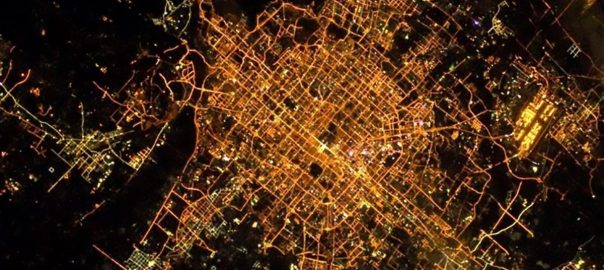
The New Urban Agenda, being adopted at Habitat III, requires a coherent and legible global urban scientific community to provide expertise to direct and assess progress on urban sustainability transformations. As we have commented in Nature’s special section on Habitat III, the urban research community is currently institutionally marginalized and...
20 October 2016

I live in Stockholm, Sweden. I enjoy talking walks in the autumn, inhaling the scent from degrading debris, kicking around dead leaves, and gazing at the vivid colors. This fall, my baby daughter has often followed me on my walks. Her name is Viola, and she is 4 years old....
17 October 2016
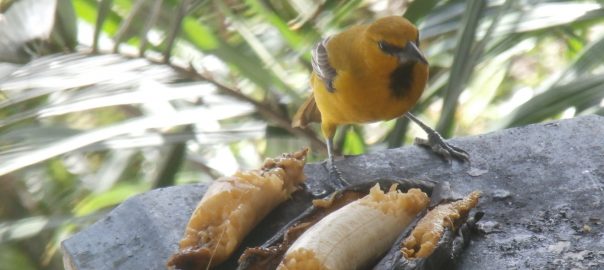
Georgetown, Guyana, is one of the world’s smallest capital cities, a mere six mi.2 according to its official boundaries. The Dutch laid out this city, perched on the northern Atlantic coast of South America, in the 18th century; the British expanded it in the 19th and 20th centuries. Tree-lined avenues,...
12 October 2016
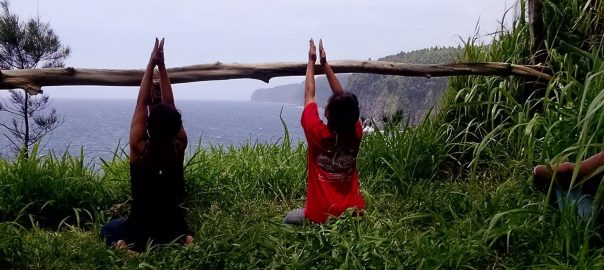
What if urban resource management and conservation reflected not just the politics and science of the day, but were rooted in creation stories, place-name stories, and personal stories about the relationships people have with place? This kind of thinking is at the heart of traditional ways of stewarding the environment...
5 October 2016
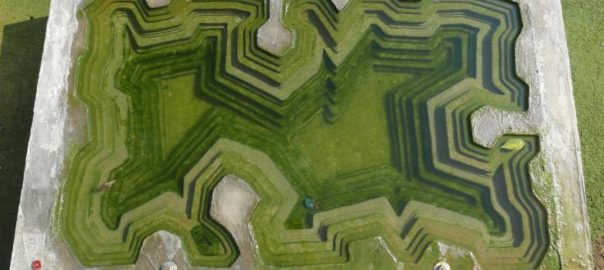
Since the founding of modern Singapore in 1819 by Sir Stamford Raffles, the small island nation has developed from a sleepy fishing village into a modern day metropolis, and has lived up to the adage, “if you build it, they will come”. Particularly over the last eight decades, Singapore’s coastal...
2 October 2016
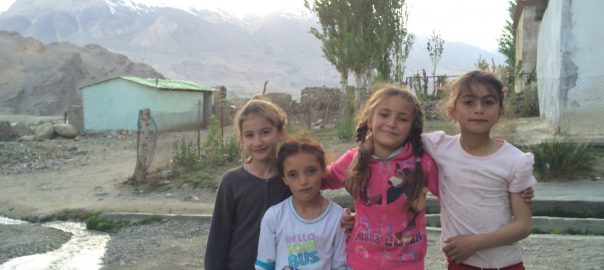
Nilofar* leans over to pour us more tea. All conversations in Central Asia seem to start with tea. She is asking questions about our trip, wondering why we are walking from Bangkok to Barcelona. She wants to know if we have always traveled, how we can afford the trip, if...



